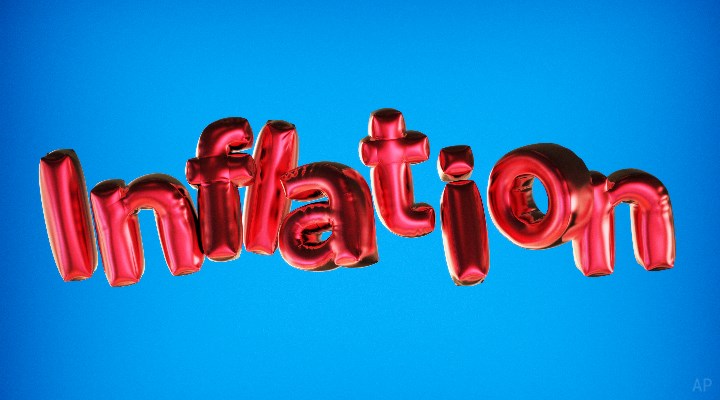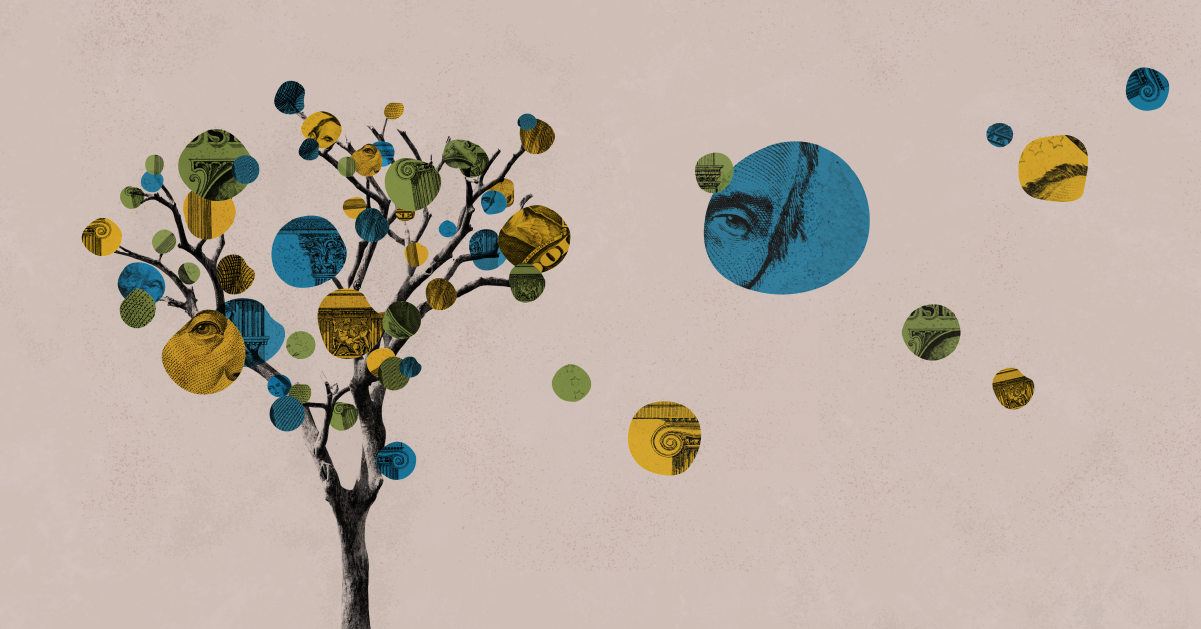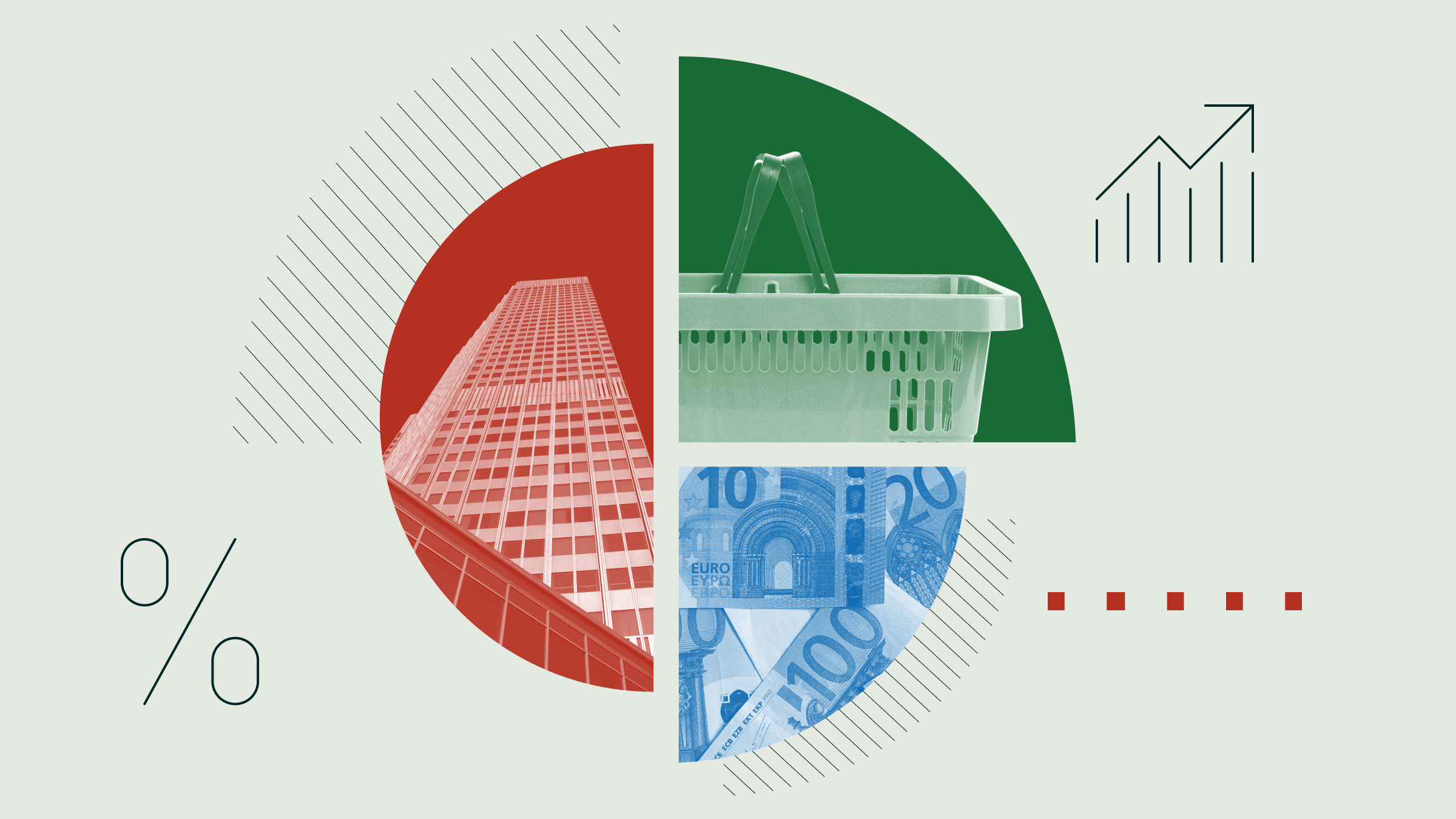
In my article, “The Hedges Haven't Hedged,” I pointed out that professional economists failed utterly at predicting last year’s surge in inflation (none of the 37 economists surveyed in November 2020 expected, even as a remote possibility, that U.S. inflation in the year 2021 would exceed 4%). In response, a reader wrote: “I don’t understand why ‘no one’ anticipated inflation. I did.”
The reader – who is a retired history teacher rather than a trained economist – explained his thinking. Part of his reasoning was fiscal, but his other justification was operational, and concerned the struggles that businesses have recently faced in meeting customer demands. That struck me as undeniable. I then wondered why the professionals didn’t see those issues.
They recognize them now, as this December 2021 post from Duke’s Fuqua School of Business shows. A year ago, when global economies began to climb out of their coronavirus holes, companies faced several challenges upon resuming normal operations. What’s more, because those problems were interrelated, they fed upon each other, and got worse. The result was product shortages. And where shortages lead, inflation follows.
Tied in Knots
One predicament was worker shortages. When recalled, not all furloughed employees returned to their positions. As a result, businesses struggled to deliver on their commitments, and wages rose. This outcome, admittedly, would have been difficult to predict, given that sidelined workers usually snap up job offers. However, as, last year’s recovery featured workplace health concerns, periodic regulatory shutdowns, and (in many nations) expanded unemployment benefits, those absences might have been envisioned.
Another headache that would have been tricky to anticipate, but presumably possible for professionals trained to spot such things, was the operational disruption caused by shifts in demand.
When national lockdowns ceased, many businesses found their clients had changed. Unlike previous recessions, the pandemic had affected social mores, thereby affecting consumer preferences. Companies were thus scrambling to re-align their product mixes.
Which leads to the final problem: logistics. My reader mentioned the snarl at the Port of Los Angeles (traffic in Los Angeles, now there’s a surprise), which, as he noted, had trucks sitting, unable to deliver goods that had arrived by sea. That was but a microcosm of the global logjam. Meeting the uptick in customer orders, some of which caught companies by surprise, required prompt responses from every aspect of the supply chain, from materials to manufacturing, to assembly, delivery, and distribution. The system is only as strong as its weakest link.
Which leads to the drawback of the modern practice of lean manufacturing. During normal times, running a tight ship increases efficiency. But the strategy is vulnerable to disruption in the form of worker unavailability, revised orders, and supply-chain glitches. Per the Fuqua article: "running close to capacity makes production and distribution more cost-effective, but also means it doesn’t take much to overwhelm them.” The delays should not have come as a complete surprise.
What Happened?
Such analysis, admittedly, benefits powerfully from hindsight. Thus, I won’t criticise specific individuals for overlooking those concerns and plugging in a 2% inflation estimate for 2021. Besides, who am I to criticise mistakes? As the sage is claimed to have said, “it’s tough to make predictions, especially about the future.” My columns, regrettably, have frequently confirmed that adage. But surely there should have been dissenters. It’s strange none of the professionals begged to differ.
My explanation: last year brought a regime change. Never in recent history had developed-market economies rebounded so aggressively. Only one other occasion resembled last year’s bounce, that being the surge after the 2008 global financial crisis, but that uptick was both more gradual and unaccompanied by significant inflation. Yes, economists could have anticipated 2021’s events, but they were unaccustomed to doing so. They had developed different habits.
In addition, the survey unavoidably contained selectivity bias. In recent decades, actual inflation has reliably undershot expectations, both in the US and around the rest of the developed world. Consequently, the respondents who would have been most likely to identify rising inflation were also those who were most likely to have been removed from the survey. (Perhaps even from their positions.) For macroeconomists, fortune has not favoured the wary.
(Another activity affected by selectivity bias is bank lending. During economic expansions, the boldest loan officers earn their organisations the highest profits, leading to their promotions. The timid are bypassed. Then, when the economy turns and defaults rise, the risk-takers are chastised and the cautious praised.)
Finally, professional forecasting inevitably leads to groupthink. With such exercises, the severest penalty comes not from being both wrong and different. None of the 37 researchers will suffer professional embarrassment from overlooking 2021’s increase in inflation, because their peers also did. But had the actual inflation figure matched the consensus opinion of 2%, a forecaster who had estimated 5% would have been heartily embarrassed. As portfolio managers once said, “Nobody ever got fired for buying IBM.”
The Investment Lesson
Economists sweat the details. When the setting is stable, they tease out nuances that escape casual observers. Such is the benefit of expertise. However, when the old rules no longer apply, thereby invalidating the customary analytic approaches, that advantage disappears. During such times, an inspired amateur who views the subject with fresh eyes may well see more clearly.
This precept embraces more than inflation estimates. It applies to all aspects of investing. In particular, it explains the failure of professional market-timers, who attempt to profit by forecasting stock market collapses. Perhaps the task is too severe for even the most of astute of analysts, possessing entirely open minds. It certainly is under actual conditions, when professionals are burdened by habit, selectivity bias, and groupthink.
John Rekenthaler (john.rekenthaler@morningstar.com) has been researching the fund industry since 1988. He is now a columnist for Morningstar.com and a member of Morningstar's investment research department. John is quick to point out that while Morningstar typically agrees with the views of the Rekenthaler Report, his views are his own



















